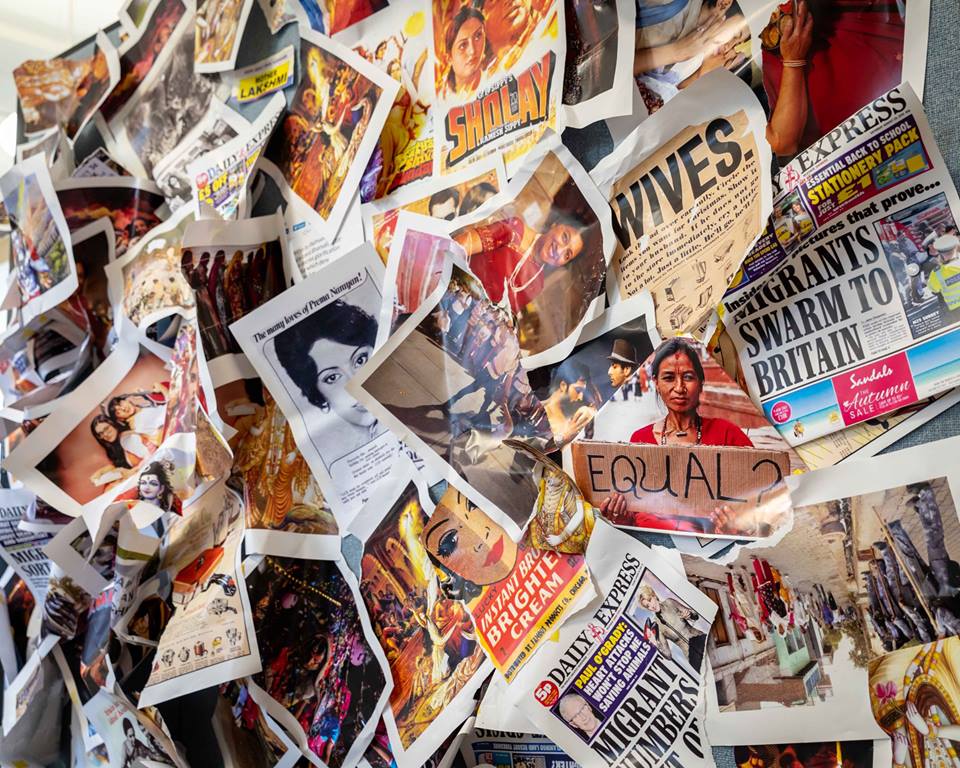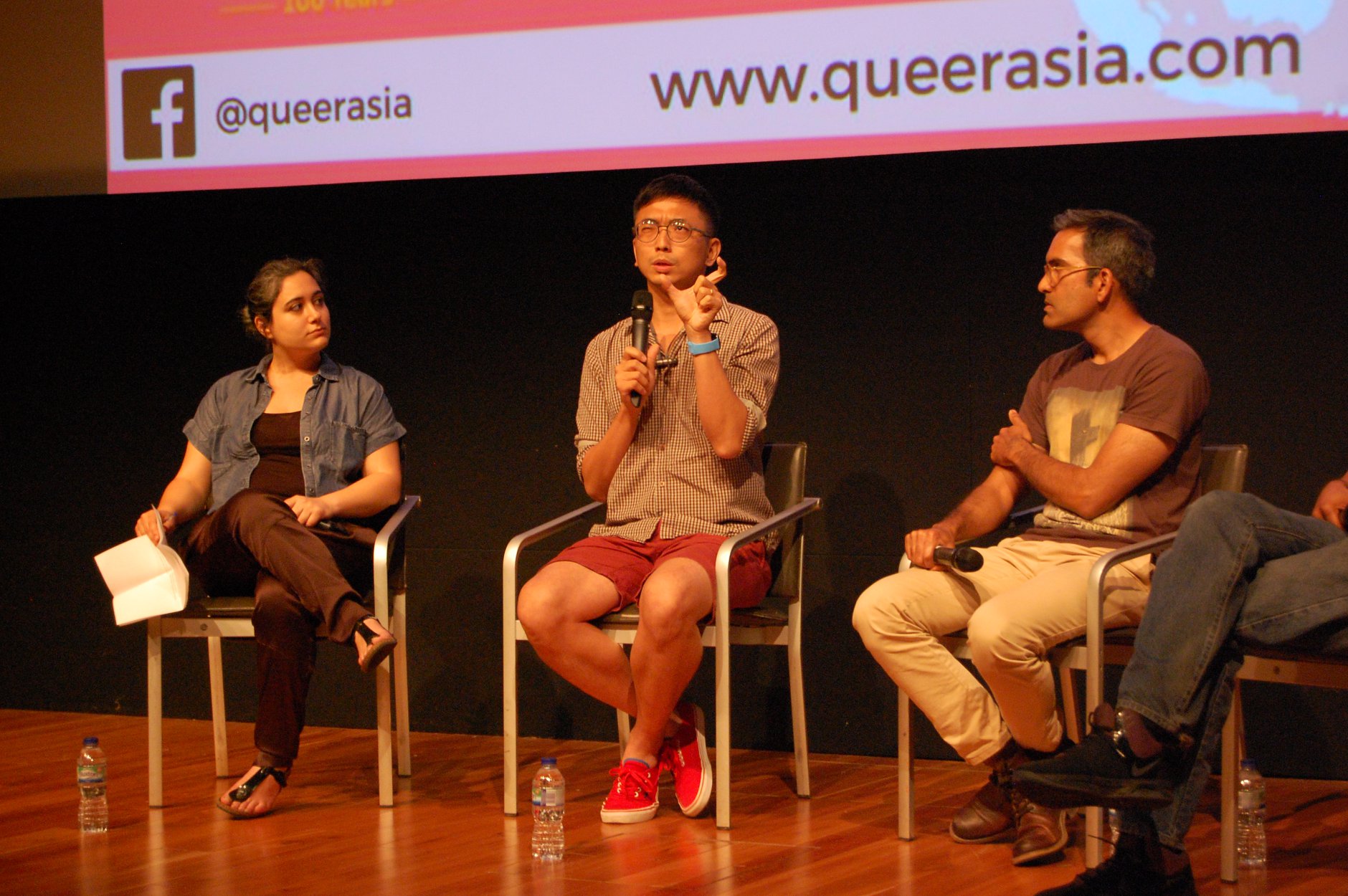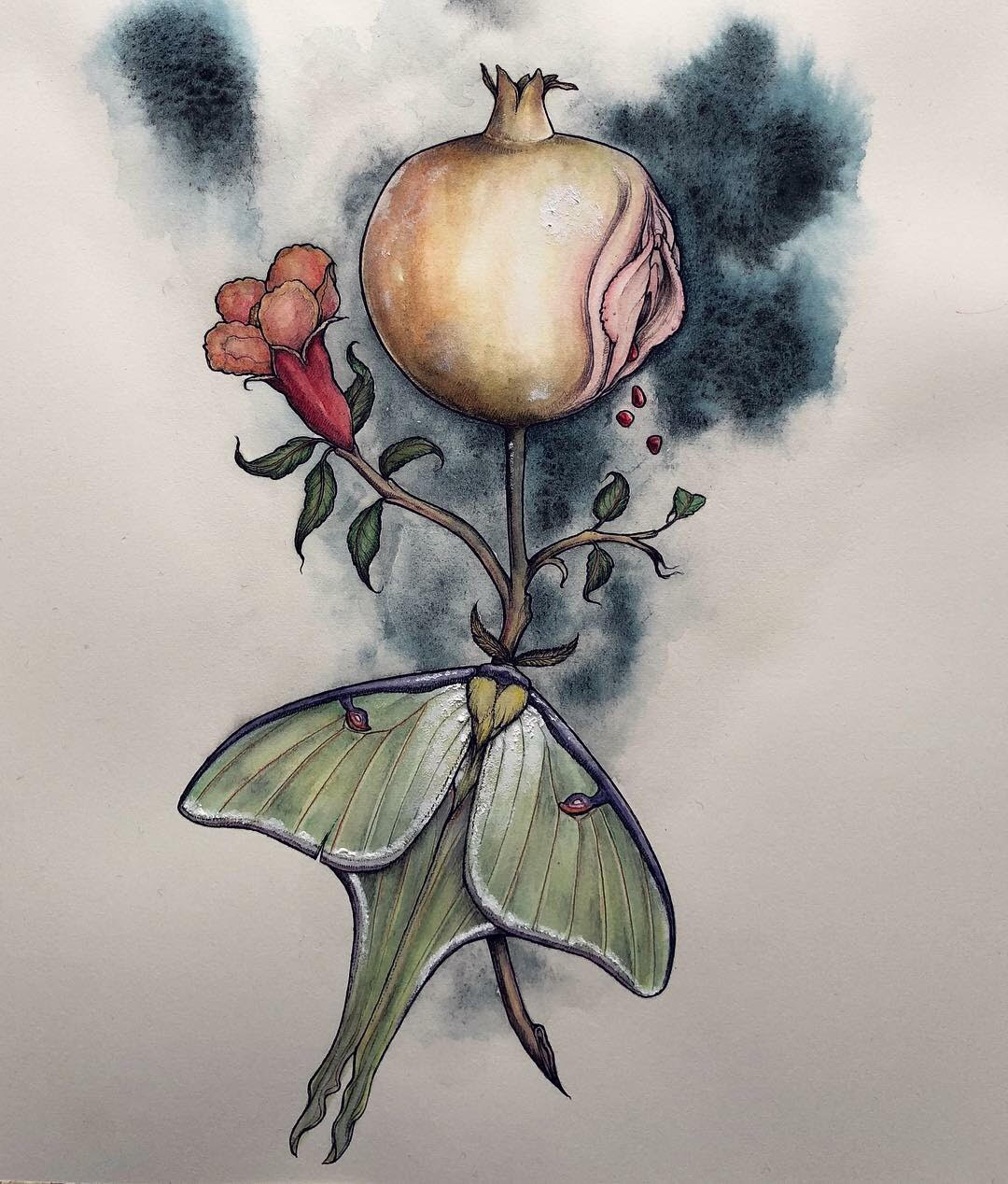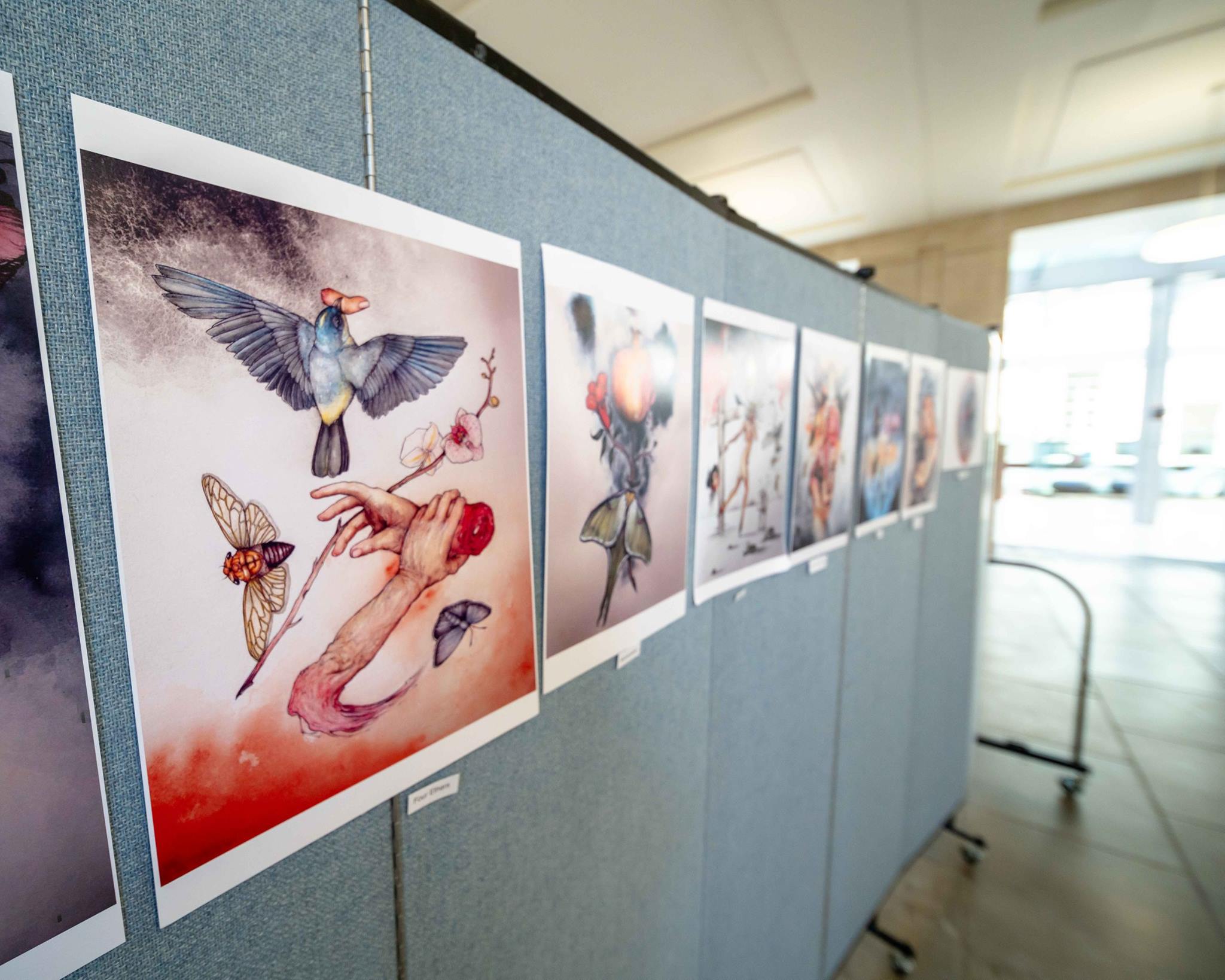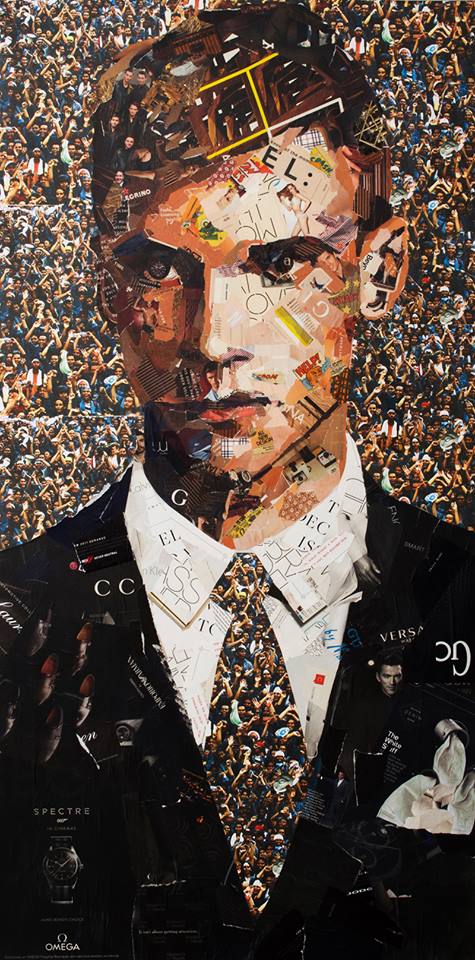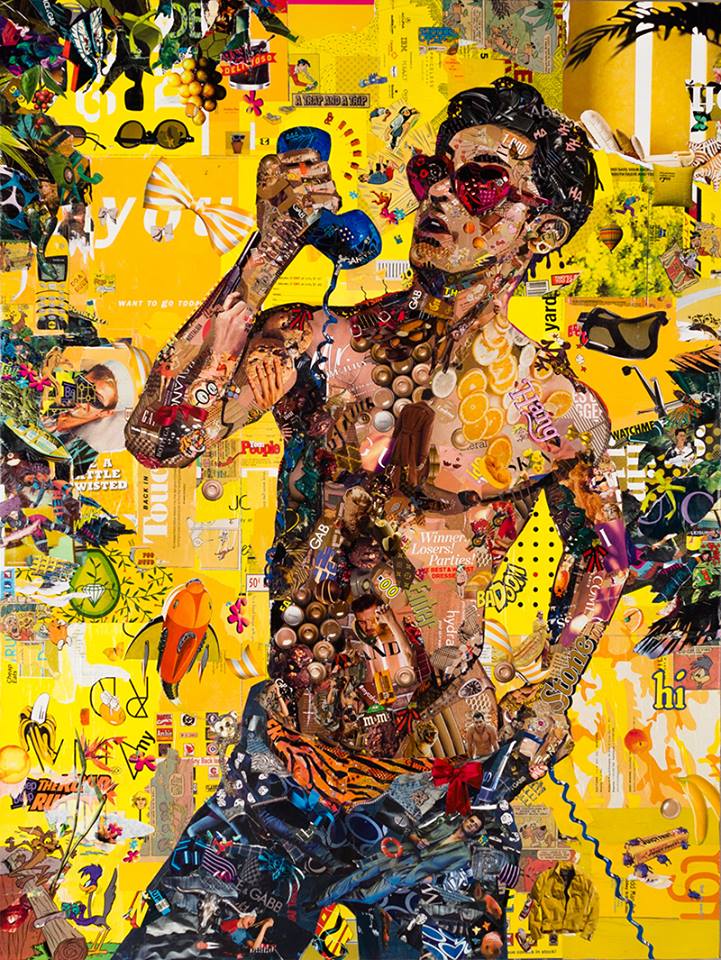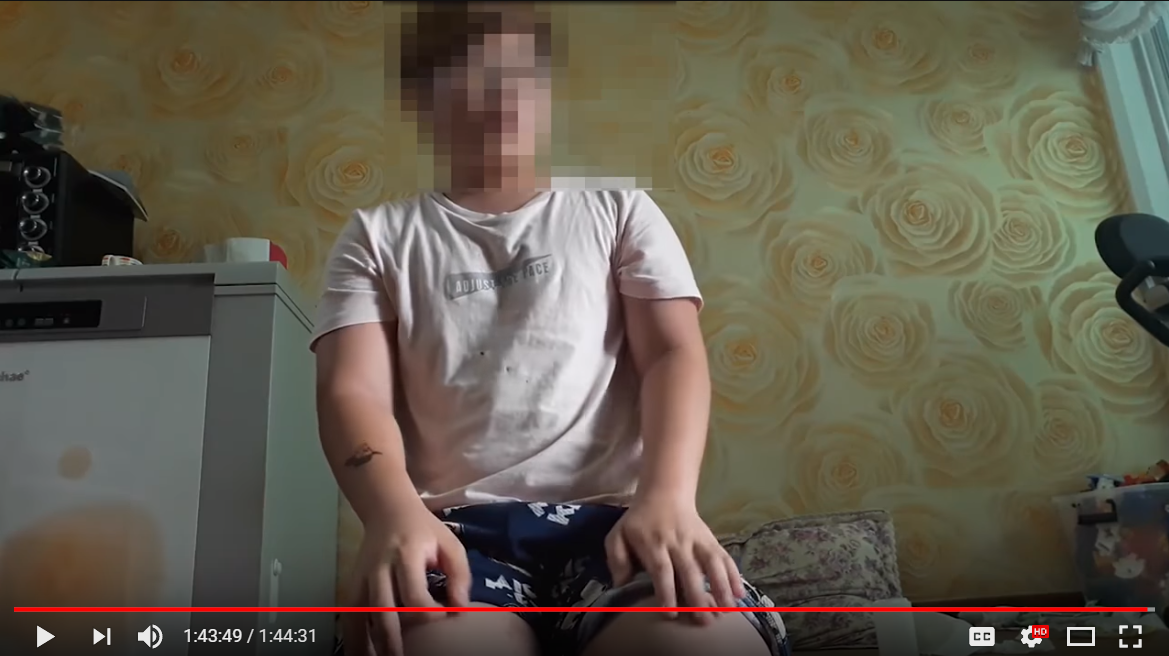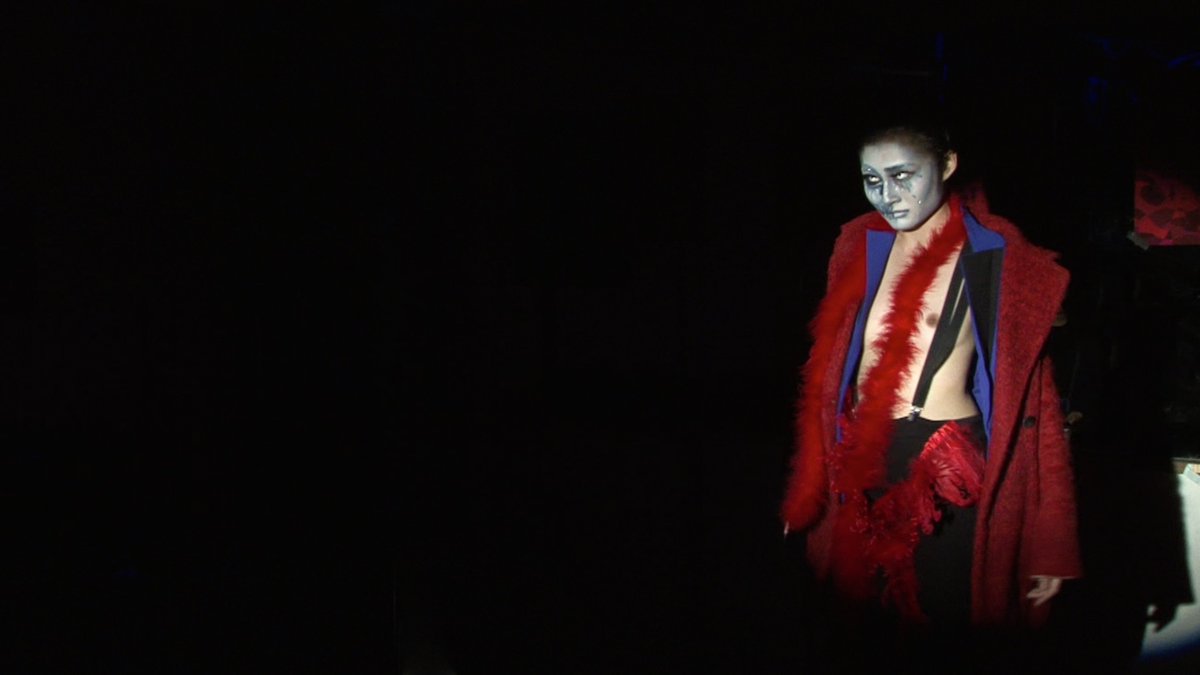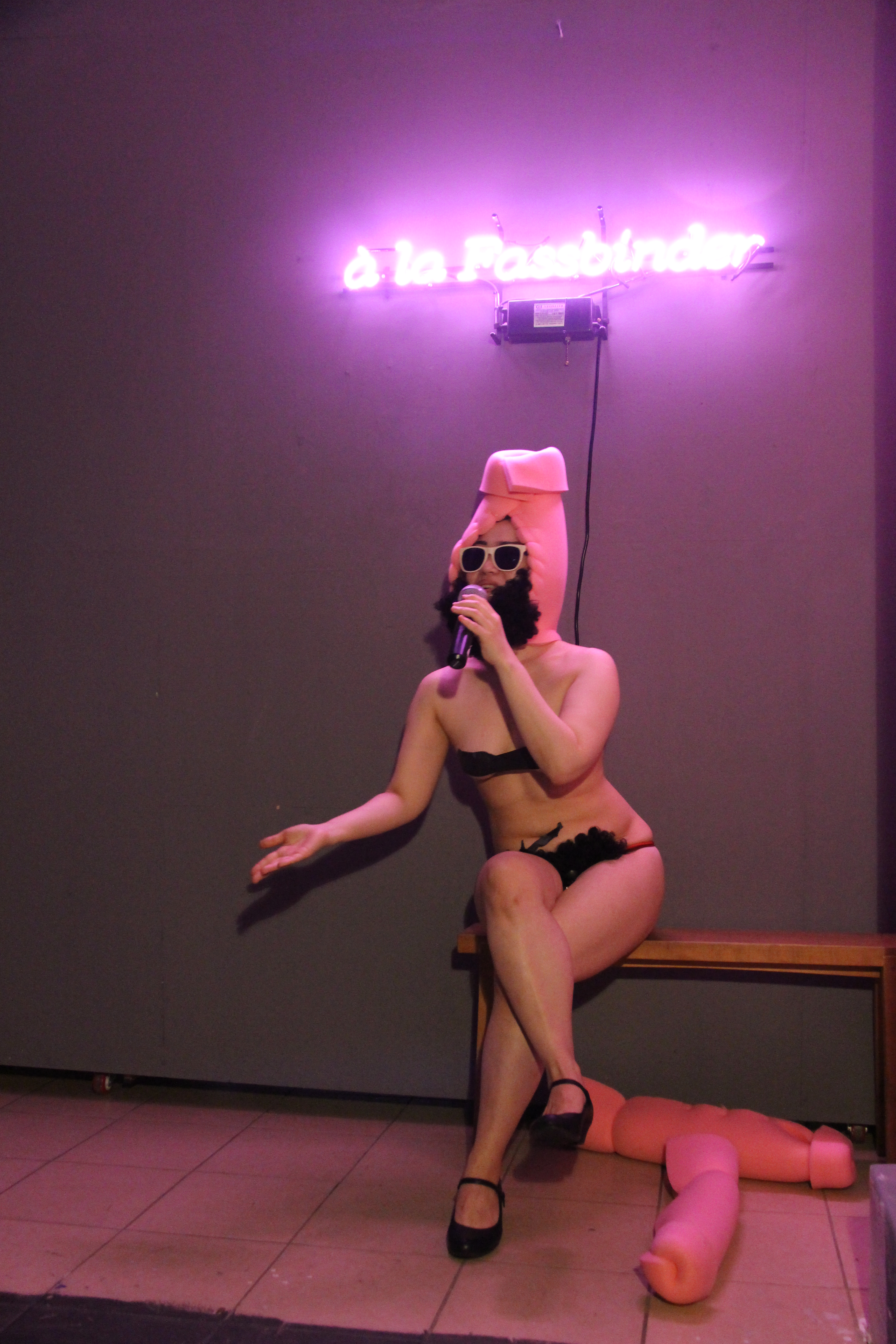‘Queer’ Asia Special E-Roundtable 2021
FRIDAY 9th JULY 2021
Venue: Zoom
Fee: Free to attend, but we regret being unable to offer any funding
Application Deadline: 3rd MAY 2021
Apply here

‘Queer’ Asia invites short contributions (academic paper, short film/art submissions) from early-career academics, activists, and film and arts practitioners for our special roundtable on rethinking the radical potential of ‘queer’ and decoloniality in various contexts spanning the fractured geography of former-soviet, other post-Socialist states and related transnational/transcontinental locations. We are interested in asking: does the radical potentiality of ‘queer’ and decolonial translate to these contexts? What spaces and practices shape and inflect their radical charge? Does ‘queer’ rely on forms of knowledge that are exclusionary (class, race)? What happens when ‘queer’ is co-opted into nationalist and colonial cultural forms? Do de/postcolonial structures clash with ‘queer’ and how? What is the relevance of translation and contestation with local forms for radical ‘queer’ and decolonial practice? Finally, what hope is there for activist, artistic and cinematic movements rooted in radical practice in these contexts?
Both ‘queer’ and decolonial may promise to open radical potentialities that challenge traditional binary logics of gender, sexuality, race and ‘civilisational status’. Seeking to reverse and/or transcend exclusionary distinctions between ‘subject’ and ‘object’, these terms can challenge a range of oppressive intersectional norms – sexuality, coloniality, religion and beyond. Together, they may also critique ‘sexuality’ and ‘nation’ as primary markers of identity. At the same time, paradoxically, both can become subsumed into the very binary logics they seek to subvert, whether identity politics or nationalism(s). What and how do ‘queer; and decolonial together make meaning in post-socialist contexts? And, what are the practices that shape them? As Maria Lugones famously stated, “I will not think what I will not practice”. In this space, we want to showcase a range of interventions that foreground these terms’ critical edge as radical tools for examining and challenging that which is deemed normal, in contexts that emerged from, are haunted by and/or remain stuck under russian colonisation.
Themes and Topics
We welcome contributions, questions and comments related to:
- Identity and Conflicts/Contestations
- Transnational and transcontinental solidarities
- Homonormativity and homonationalism
- Indigenous peoples and the climate emergency
- Migration and Travel
- Translations and appropriations
- Diaspora
[The above is a guide and should not be taken as an exhaustive list]
On the day…
This event will take the form of an informal roundtable to be held with a number of solo sessions (non-parallel) over one day. Lasting one hour, each session will be a forum for democratic exchange on a particular theme, based on the participants’ submissions. We will circulate academic papers and visual art to participants at least two weeks in advance. For performances and short films, we will circulate relevant abstracts at least two weeks in advance. The screenings and performances themselves will take place during the 1-hour session.
The number of sessions and their themes will be confirmed once we have finalised the list of participants.
We hope to organise an ice-breaker and networking event, on the day before the roundtable. In the spirit of keeping this roundtable open and inclusive to people from all time-zones, we will confirm the time for the ice-breaker once we have finalised the list of participants. For practical reasons, the ice-breaker may need to take place on the same day as the roundtable itself.
Due to the COVID-19 emergency, this roundtable will take place on Zoom.
How to apply?
Applicants are invited to submit short abstracts of no more than 300 words by 3rd May 2021. We welcome the following formats: academic papers of no more than 3000 words; poetry; visual/film; art; or, dance/performance. Please note, that films and performances will be limited to 5 minutes.
We aim to inform all successful applicants by 14th May 2021.
We kindly request successful applicants to submit their finalised papers, poems or, in the case of films and performances, abstracts by 21st June 2021. We will circulate these to all participants together with the session timetable by 25th June 2021.
Participants are reminded that they should read all the materials prior to the roundtable.
APPLY HERE
SUBMISSIONS’ CALL OPEN UNTIL 3rd MAY 2021
If you have any queries or problems with using the form, please email queerasia@gmail.com
PLEASE NOTE:
1. One of our platform’s aims is to build community and engagement. Due to this, attendance of the full day is a requirement. Please only apply if you can attend the whole day of the conference.
2. We welcome a range of submissions: please see details below and get in touch if any questions.
3. We can offer a certificate confirming participation of this roundtable. However, ‘Queer Asia’ is a grassroots academic and activist collective; we are not affiliated with an academic institution in the UK.



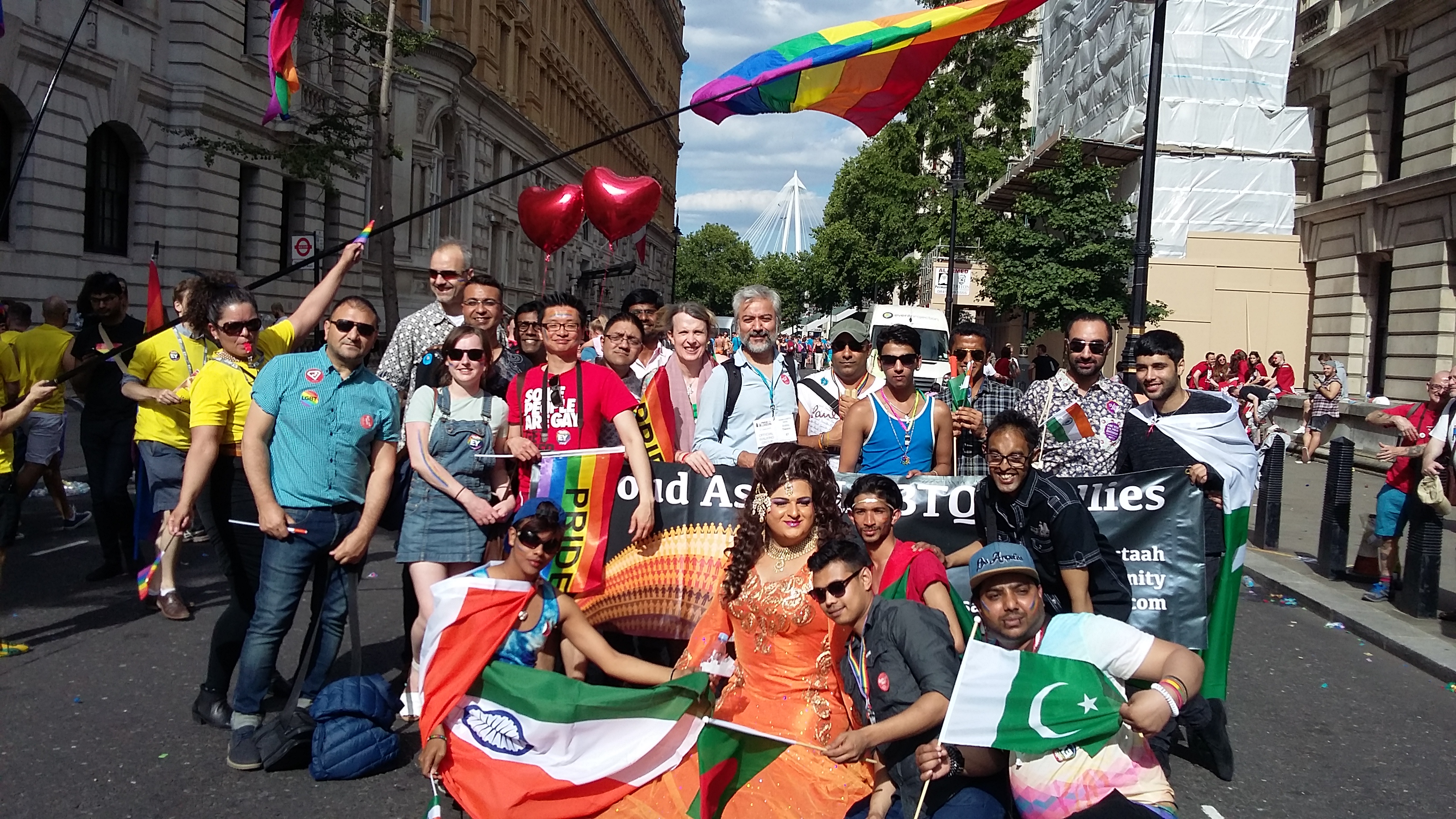



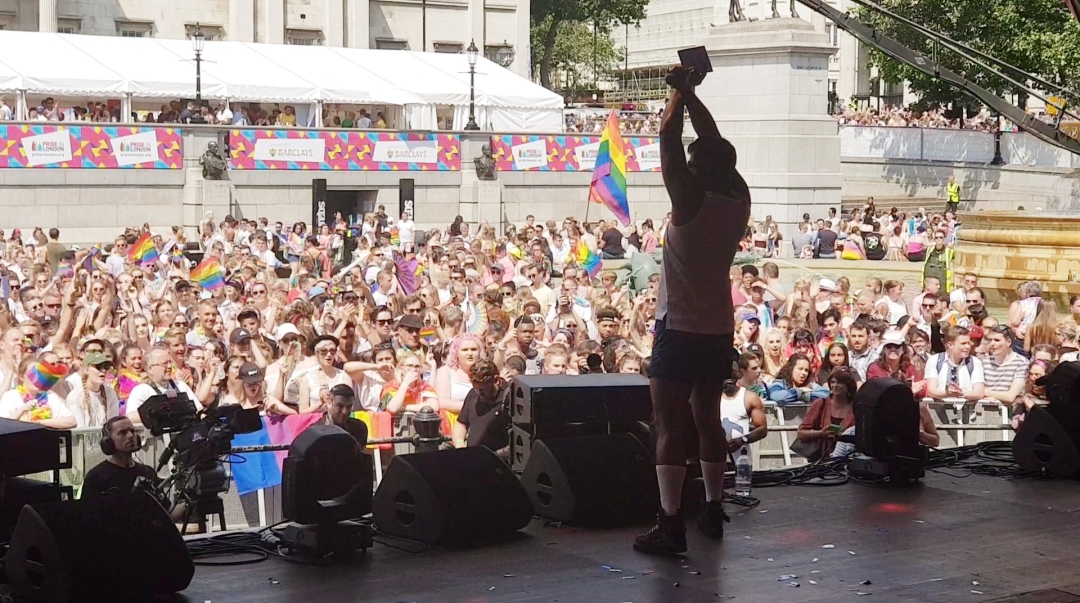
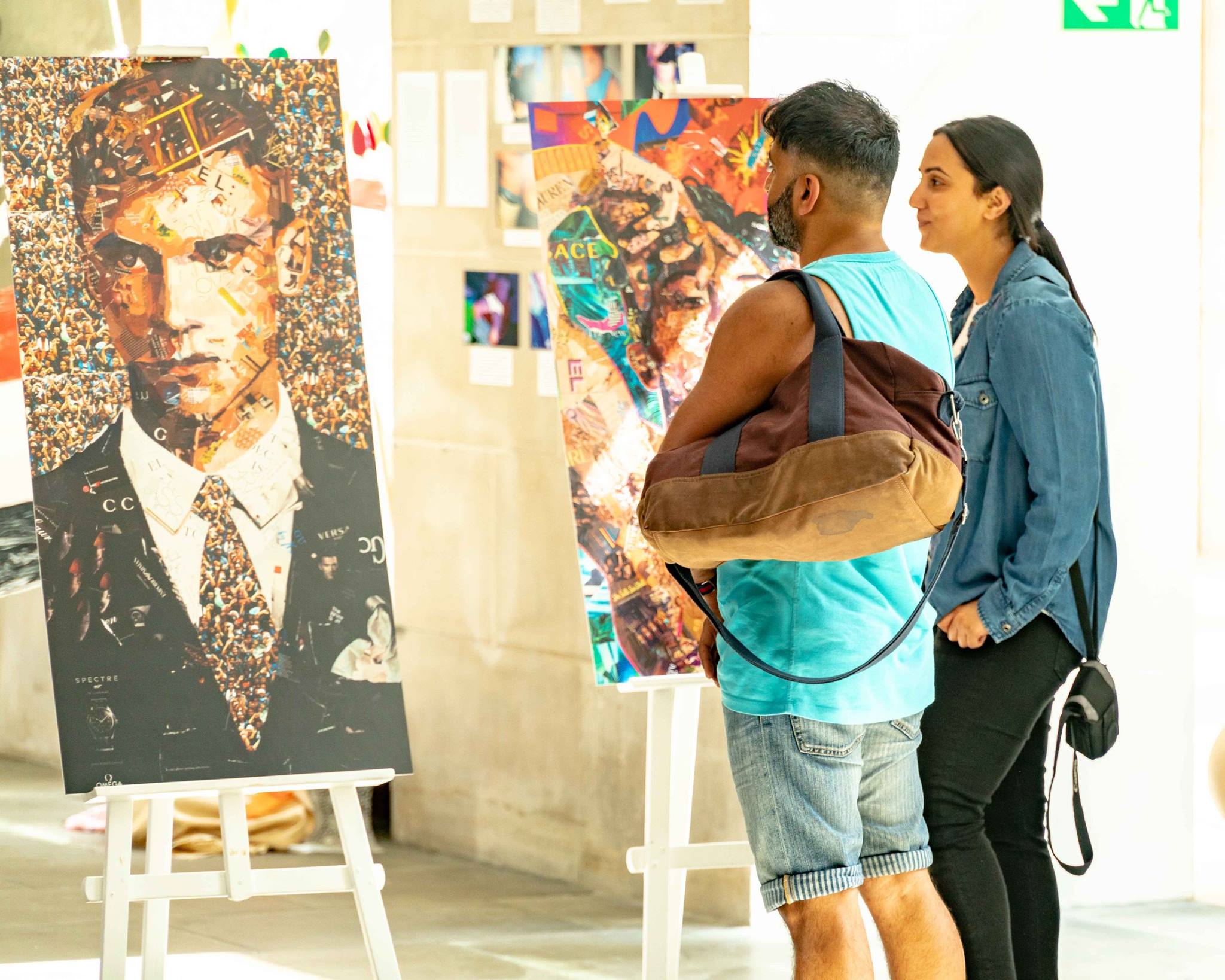
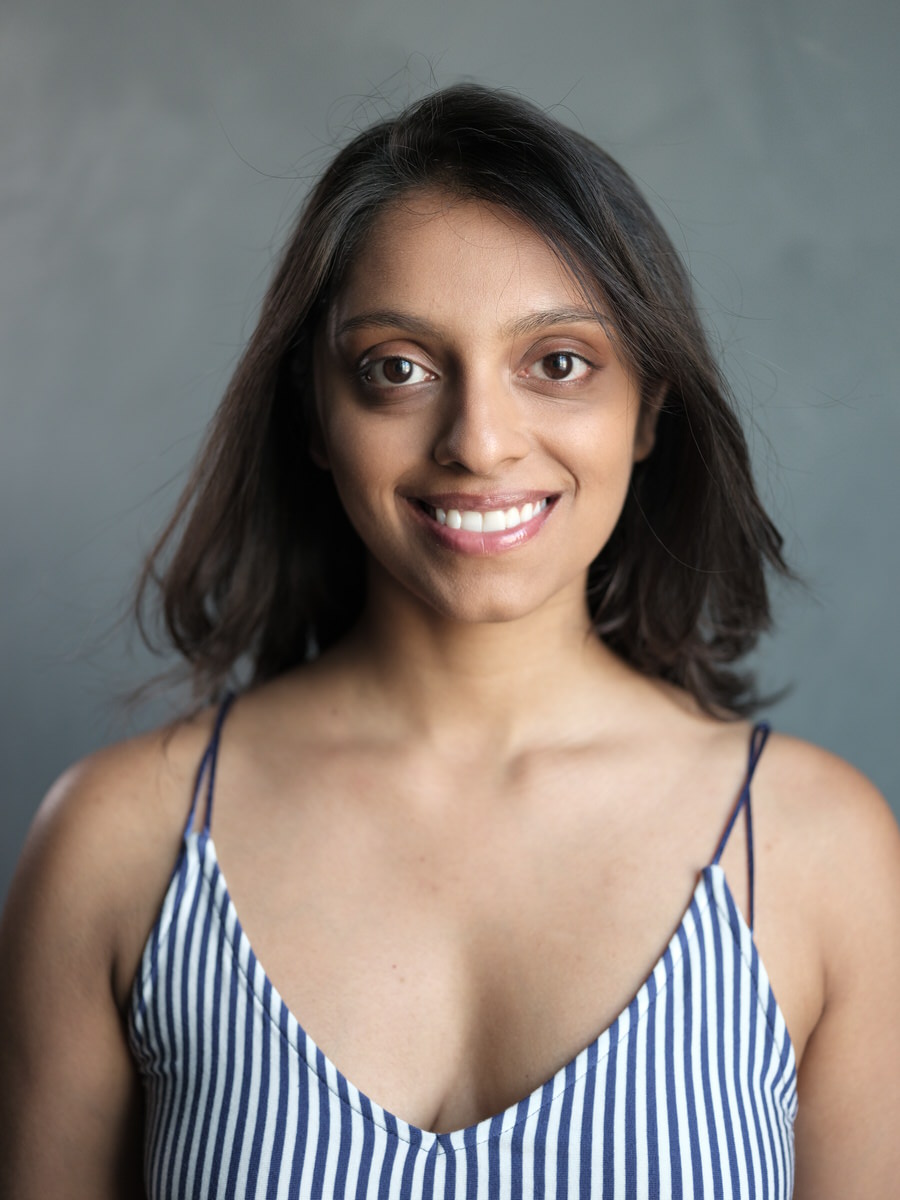 Alexandra D’Sa is an actress, writer, and producer from London, with a background in Financial Services and Technology. She studied English Literature at The University of Exeter and Vassar College, New York, and received her Postgraduate degree in Acting from Mountview Academy of Theatre Arts. Alex’s credits include: Ackley Bridge and Eastenders, and she creates her own content to serve the queer community. Alex’s ancestors hailed from Goa, an ex-Portuguese colony in India.
Alexandra D’Sa is an actress, writer, and producer from London, with a background in Financial Services and Technology. She studied English Literature at The University of Exeter and Vassar College, New York, and received her Postgraduate degree in Acting from Mountview Academy of Theatre Arts. Alex’s credits include: Ackley Bridge and Eastenders, and she creates her own content to serve the queer community. Alex’s ancestors hailed from Goa, an ex-Portuguese colony in India. 